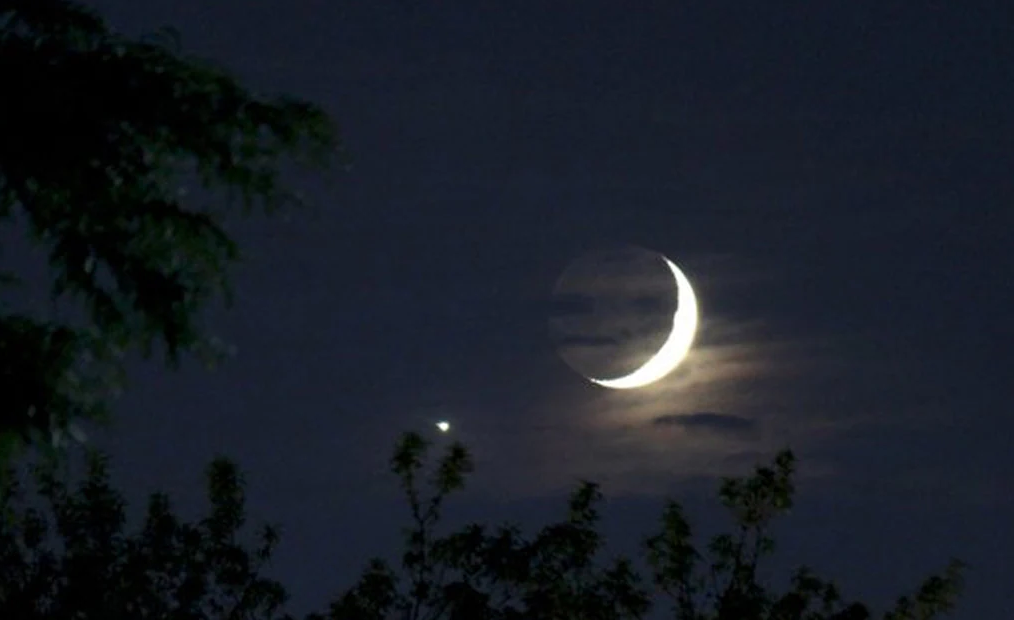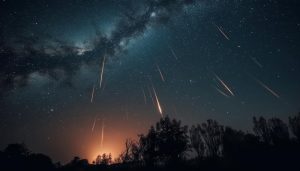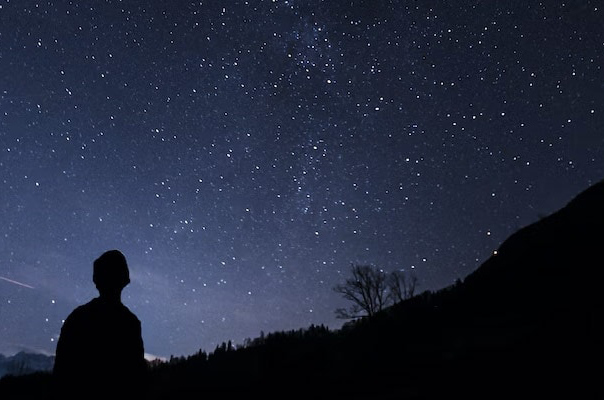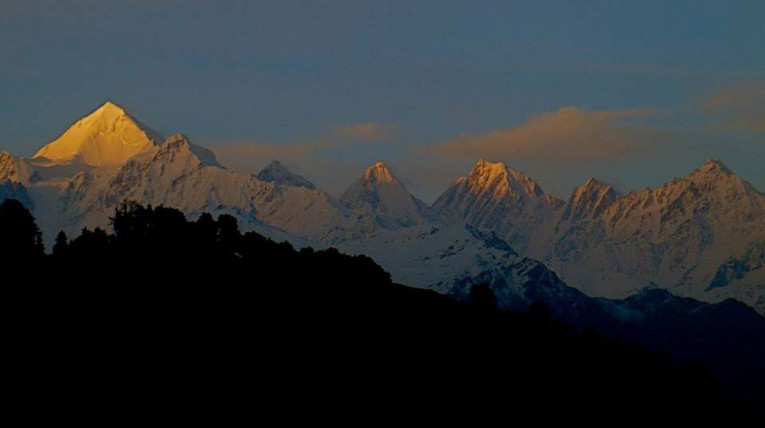December offers a perfect opportunity to explore the wonders of the night sky with longer nights and clearer skies. The Astronomical Events in December filled with an impressive spate of meteor showers, close visual approaches of the celestial objects, and December solstice which marks the shortest day on the calendar or the longest night to do a lot of astronomy activities.
Here is a list of some interesting events that you should definitely mark on your calendars:
-
-
December 4th: Mercury at Greatest Elongation East
-
Since mercury is very close to the Sun, we can only observe it when it is furthest from the Sun. This phenomenon occurs cyclically in Mercury’s 88-day orbit around the Sun. On December 4th, the first planet of our solar system Mercury, will reach the greatest angular separation from the Sun as viewed from the Earth. Grab this opportunity to catch the first planet Mercury as it will be clearly visible to the naked eye.
-
December 9th: Conjunction of Moon and Venus
On December 9th the Moon and Venus will share the same right ascension. With approximately three degrees apart, the bright planet Venus will pass to the south of the Moon. The pair will be widely separated to fit within a single field of view for the telescope but will be clearly viewed through the naked eye.

-
December 13th: Geminids Meteor Shower
One of the best meteor showers of the year, the Geminids exhibits its extravaganza producing 100 to 120 meteors per hour. The meteor shower originates from the debris trails left by the asteroid named 3200 Patheon. The meteor shower is best seen around 2 a.m. local time because its radiant point – the point in our sky from which the meteors seem to radiate – is highest in the sky. Generally, the higher the constellation Gemini the Twins climbs into the sky, the more bright meteors you’re likely to see. With the waxing crescent moon setting early in the twilight, you will be gifted with a dark sky to witness the celestial fireworks. Find a location with minimal or no light pollution and just lie on your back to enjoy the Geminids in its full glory.

-
December 22nd: Winter Solstice
The Winter Solstice, or the December Solstice, is the point at which the sun in the sky sets at the farthest south, i.e. Tropic of Capricorn. At the Winter Solstice, the sun travels the shortest path through the sky resulting in the day of the year with the least sunlight and therefore, the longest night but this is true only for the Northern Hemisphere. Likewise, the Southern Hemisphere experiences the longest day of the year.
The Earth’s axis is tilted at an angle of 23.5 degrees. This tilt is what causes the seasons to change. In the Northern Hemisphere, when the Earth’s axis is tilted towards the sun, we experience summer. When the Earth’s axis is tilted away from the sun, we experience the winter and vice versa for the Southern Hemisphere.

-
December 22nd: Ursids Meteor Shower
The last meteor shower of the year, the Ursid meteor shower adds a spectacular display to the night sky with its bright streaks. The meteor shower originates from the debris left by the comet 8P/Tuttle, which orbits the Sun every 13.5 years. It is named after its radiant, the constellation Ursa Minor, which lies near the North Star. The Ursids are known for their fast and bright meteors, with an average speed of 60 kilometers per second. At its peak, the shower can produce up to 10 meteor trails per hour.
-
December 27: Full Moon
The December full moon is also known as Cold Moon. It is aptly named for the cold and dreary winter season that blankets the Northern Hemisphere during this time. Europeans call the December full moon the Moon before Yule. Yule is an old northern European winter festival that is now associated with Christmas.
In addition to these celestial highlights, December will also offer glimpses of planets Mars and Saturn in the eastern sky and the winter circle will be high up in the sky. So, prepare to be captivated by the wonders of December’s night sky, where cosmic events unfold like chapters in an astronomical tale.



